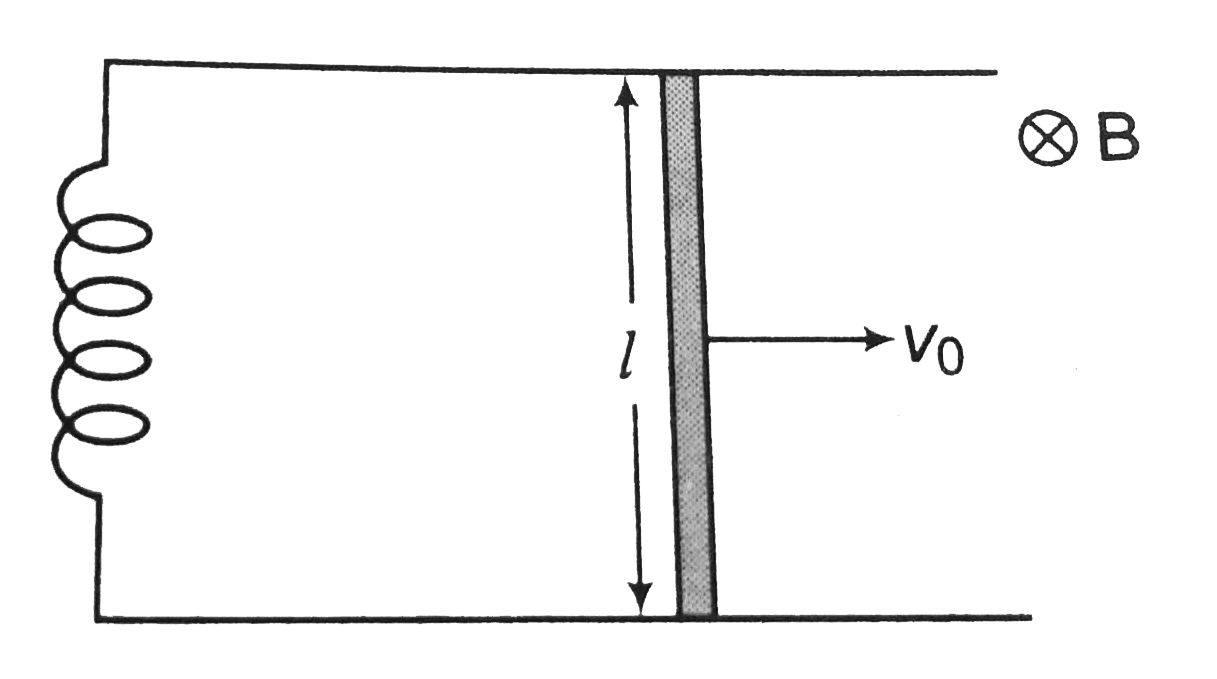A
B
C
D
Text Solution
Verified by Experts
The correct Answer is:
|
Topper's Solved these Questions
ELECTROMAGNETIC INDUCTION
DC PANDEY|Exercise Level 2 More Than One Correct|10 VideosView PlaylistELECTROMAGNETIC INDUCTION
DC PANDEY|Exercise Level 2 Comprehension Based|13 VideosView PlaylistELECTROMAGNETIC INDUCTION
DC PANDEY|Exercise Level 1 Subjective|21 VideosView PlaylistCURRENT ELECTRICITY
DC PANDEY|Exercise Medical entrances gallery|97 VideosView PlaylistELECTROMAGNETIC WAVES
DC PANDEY|Exercise Sec C|22 VideosView Playlist
Similar Questions
Explore conceptually related problems
Knowledge Check
Similar Questions
Explore conceptually related problems
DC PANDEY-ELECTROMAGNETIC INDUCTION-Level 2 Single Correct
- Two ends of an inductor of inductance L are connected to two parallel ...
01:40
|
Playing Now - A conducting rod is moving with a constant velocity v over the parall...
02:01
|
Play - A rod is rotating with a constant angular velocity omega about point O...
01:15
|
Play - A straight conductig rod PQ is executing SHM in xy-plane from x=-d to ...
03:13
|
Play - Two parallel long straight conductors lie on a smooth plane surface. T...
02:54
|
Play - A conducting square loop is placed in a magnetic field B with its plan...
01:43
|
Play - A conducnting straight wire PQ of length l is fixed along as diameter ...
01:44
|
Play - A conducting rod of length L=0.1 m is moving with a uniform sped v=0.2...
01:38
|
Play - A wire is bent in the form of a V shape and placed in a horizontal pl...
01:35
|
Play - A square loop of side b is rotated in a constant magnetic field B at a...
01:22
|
Play - A uniform but time varying magnetic field exists in a cylindrical regi...
03:41
|
Play - Switch S is closed t=0, in the circuit shown. The change in flux in th...
03:15
|
Play - A coil having an inductance L and a resistance R is connected to a bat...
09:15
|
Play - Electric charge q is distributed uniformly over a rod of length l. The...
01:52
|
Play - AB is an infinitely long wire placed in the plane of rectangular coil ...
02:01
|
Play - PQ is an infinite current carrying conductor. AB and CD are smooth con...
13:26
|
Play - Find the flux of point charge q through the square surface ABCD as sho...
01:21
|
Play - Two circular loops P and Q are concentric and coplanar as shown in fig...
01:49
|
Play - In the circuit shown in figure, the switch S is closed at t=0. If VL i...
03:07
|
Play - In the figure shown as uniform magnetic field |B|=0.5T is perpendicula...
01:20
|
Play
